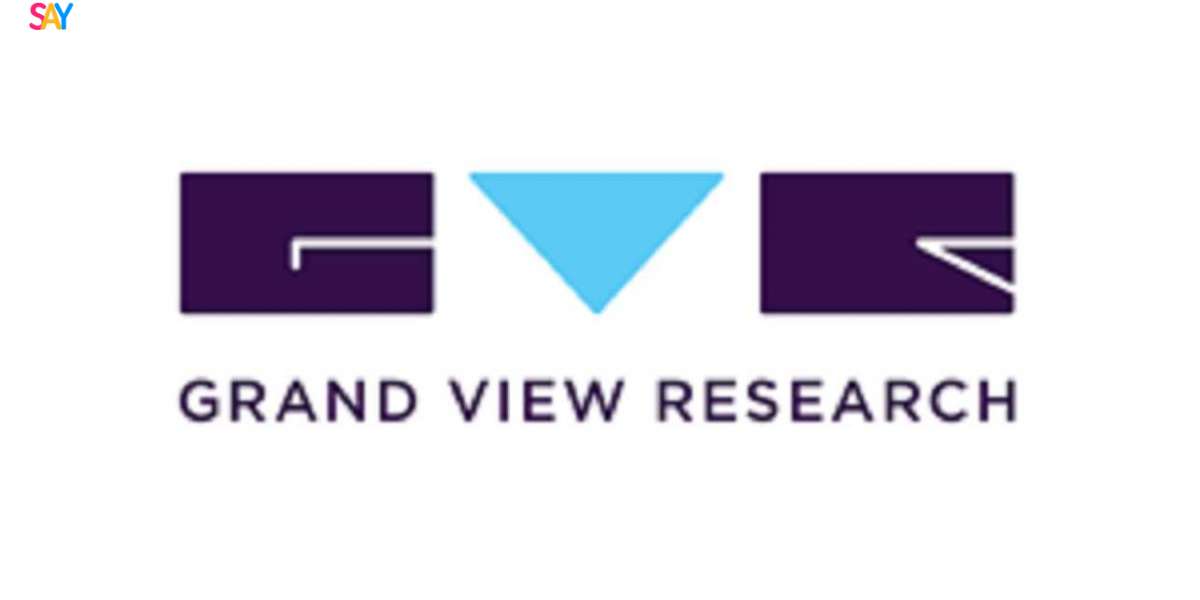The U.S. individual health insurance market was valued at USD 1.60 trillion in 2022 and is anticipated to grow at a compound annual growth rate (CAGR) of 6.08% from 2023 to 2030. This projected growth is largely attributed to increasing insurer participation and the continuous introduction of innovative insurance products tailored to meet evolving consumer needs. A report published by the Kaiser Family Foundation (KFF) highlights this trend—indicating that in 2021, around 30 insurers entered the individual health insurance market across 20 states, signaling a competitive push to expand service offerings and geographic reach.
In addition to market expansion, the growing incidence of chronic health conditions in the U.S. is playing a major role in accelerating the demand for individual health insurance. Conditions such as diabetes, cancer, cardiovascular diseases, and neurodegenerative disorders are becoming increasingly prevalent. According to the International Diabetes Federation, there were approximately 32.2 million diagnosed cases of diabetes in the U.S. in 2021, with this number expected to rise to 34.7 million by 2030. Given the high costs associated with managing chronic illnesses—especially those requiring long-term treatment such as cancer and heart disease—many individuals are turning to private health insurance as a financial safeguard. Health insurance coverage helps offset the burden of high medical bills, hospital stays, and ongoing care, thereby offering a sense of economic security in times of medical need.
The broader structure of the U.S. healthcare system also influences individual insurance dynamics. The U.S. system is marked by high per-capita healthcare costs and the absence of universal coverage. Government programs such as Medicare and Medicaid do provide essential healthcare support, primarily targeting senior citizens, people with disabilities, and low-income individuals. However, unlike many other developed nations, the U.S. does not operate a single, nationwide health insurance system. Instead, most Americans historically rely on employer-sponsored health insurance, which is offered voluntarily by companies to employees and their dependents.
Key Market Trends Insights:
• The U.S. individual health insurance industry is geographically segmented into four major regions: Northeast, Midwest, South, and West. These regions are further broken down into the 50 individual states, allowing for detailed analysis and targeted healthcare strategies. Among these regions, the South emerged as the dominant player in the market, accounting for over 37.0% of the total market share. This leading position can be attributed to the relatively high number of individuals in the South who are enrolled in individual health insurance plans, reflecting a strong demand for personal healthcare coverage in the region.
• Following the South, the West region held the second-largest share of the individual health insurance market. Notably, the West is also projected to witness the highest growth in the coming years, with an anticipated compound annual growth rate (CAGR) of 10.5% over the forecast period. This suggests a rapidly expanding market in the Western U.S., driven by increasing population, healthcare needs, and growing awareness of individual health insurance benefits.
• In terms of insurance type, the public segment led the market in 2022. This dominance is primarily due to the widespread utilization of government-funded health insurance programs, particularly Medicare, which plays a significant role in providing healthcare access across the nation.
• When segmented by age group, the seniors segment was the clear market leader in 2022, capturing more than 90.0% of the overall market share. This is largely because, under federal law, all U.S. citizens aged 65 and above are automatically eligible for Medicare, a government-sponsored health insurance plan. The extensive enrollment of seniors in Medicare significantly contributes to the size and influence of this demographic segment within the individual health insurance landscape.
Order a free sample PDF of the U.S. Individual Health Insurance Market Intelligence Study, published by Grand View Research.
Market Size Forecast:
• 2022 Market Size: USD 1.60 Trillion
• 2030 Projected Market Size: USD 2.54 Trillion
• CAGR (2023-2030): 6.08%
Key Companies Market Share Insights:
Key participants in the U.S. individual health insurance market are actively pursuing a range of strategic initiatives aimed at strengthening their market presence and expanding the availability of their services. These strategies include forming partnerships and collaborations, launching new insurance products tailored to emerging customer needs, and investing in regional insurance companies to enhance local market penetration and service delivery.
A notable example of such a strategic move occurred in March 2021, when Highmark Inc. and HealthNow New York Inc. entered into an affiliation agreement. This affiliation was designed to consolidate resources and capabilities, resulting in the creation of the fourth-largest Blue Cross Blue Shield (BCBS) insurer in the country. The agreement brought together BCBS licensees operating across multiple key regions, including Pennsylvania, West Virginia, Delaware, and New York. By combining their regional strengths and leveraging shared infrastructure, the affiliated organizations aimed to deliver more comprehensive health insurance solutions and improve accessibility for individuals across these states.
Key Players
• United Health Group Incorporated
• Elevance Health (formerly Anthem, Inc.)
• Health Care Service Corporation
• Cigna
• Kaiser Foundation Health Plan, Inc
• Independence Holding Company (IHC Group)
• Providence Health Plan
• Point32Health
• Highmark
Explore Horizon Databook – The world's most expansive market intelligence platform developed by Grand View Research.
Conclusion:
The U.S. individual health insurance landscape is poised for continued momentum as market-wide innovations, broader insurer participation, and escalating chronic health trends drive demand. Fueled by private and public players alike, the sector continues to evolve across demographics and regions—offering individuals more choice and a deeper need for financial protection in an increasingly fragmented healthcare system.




